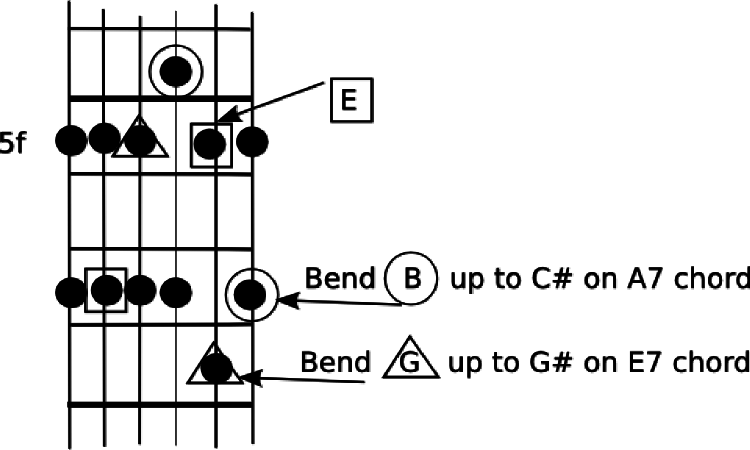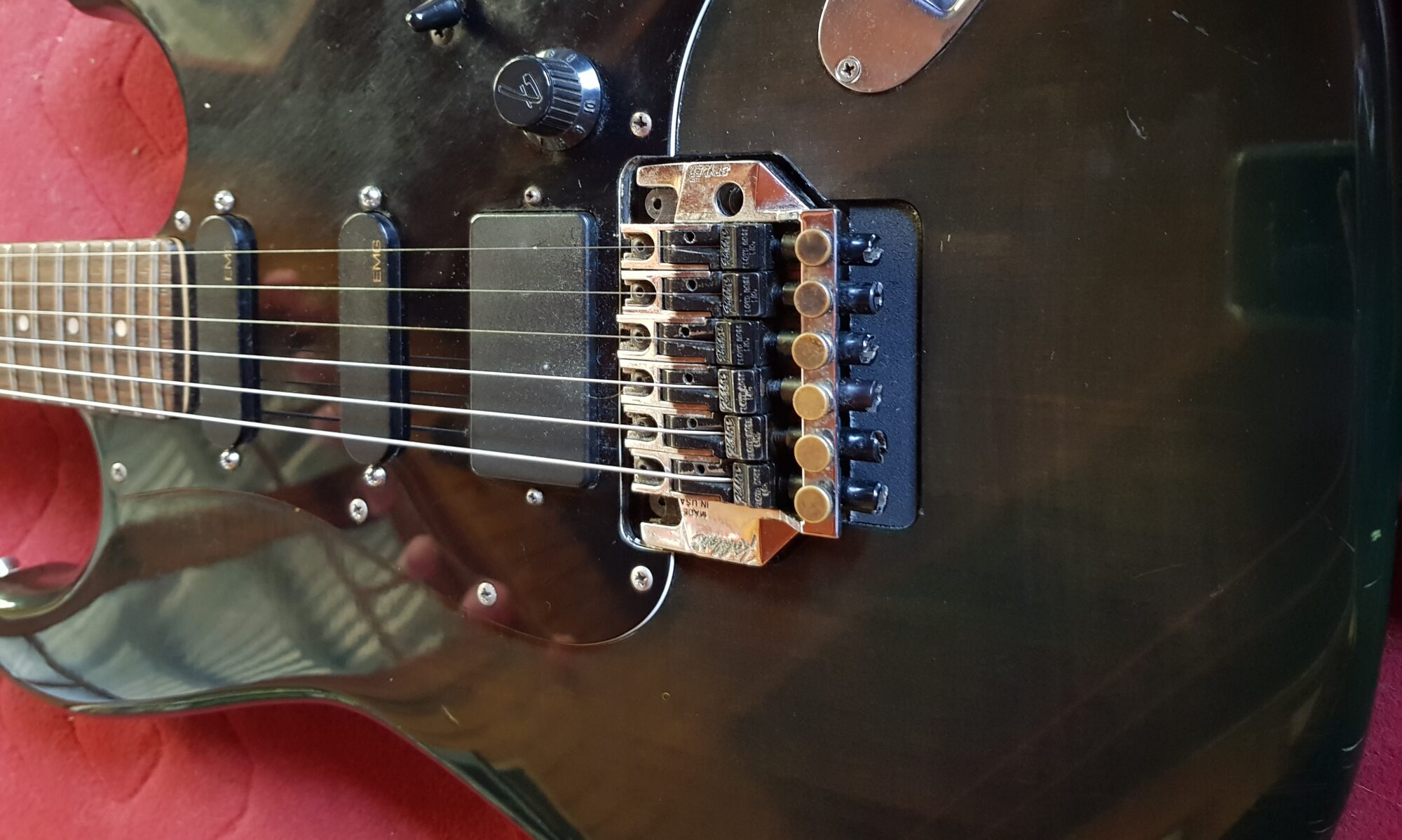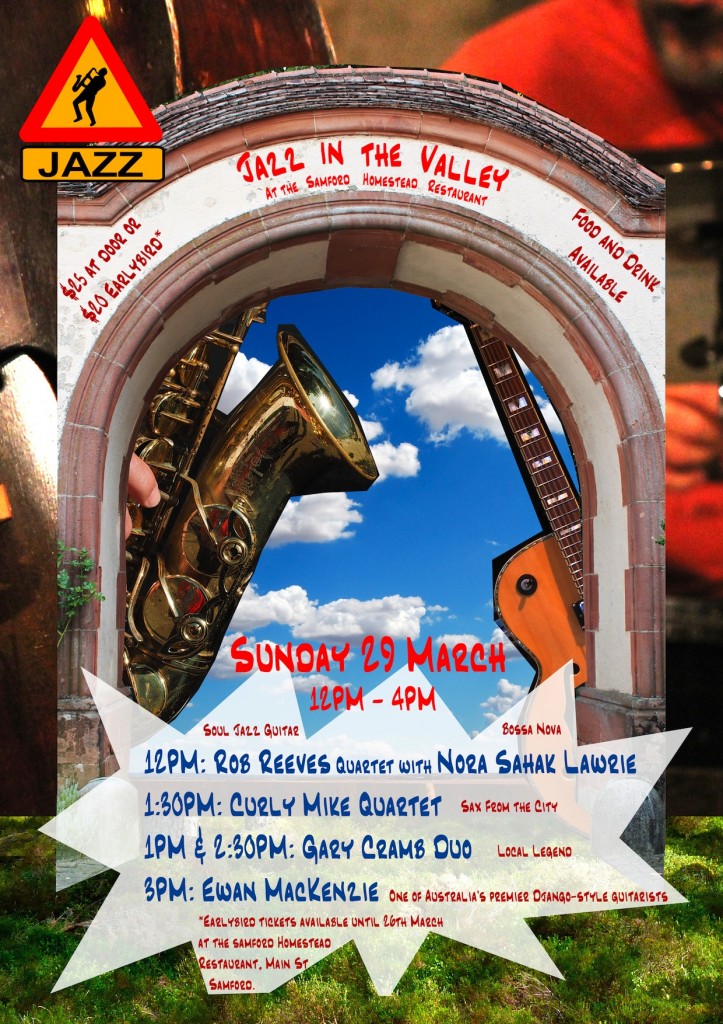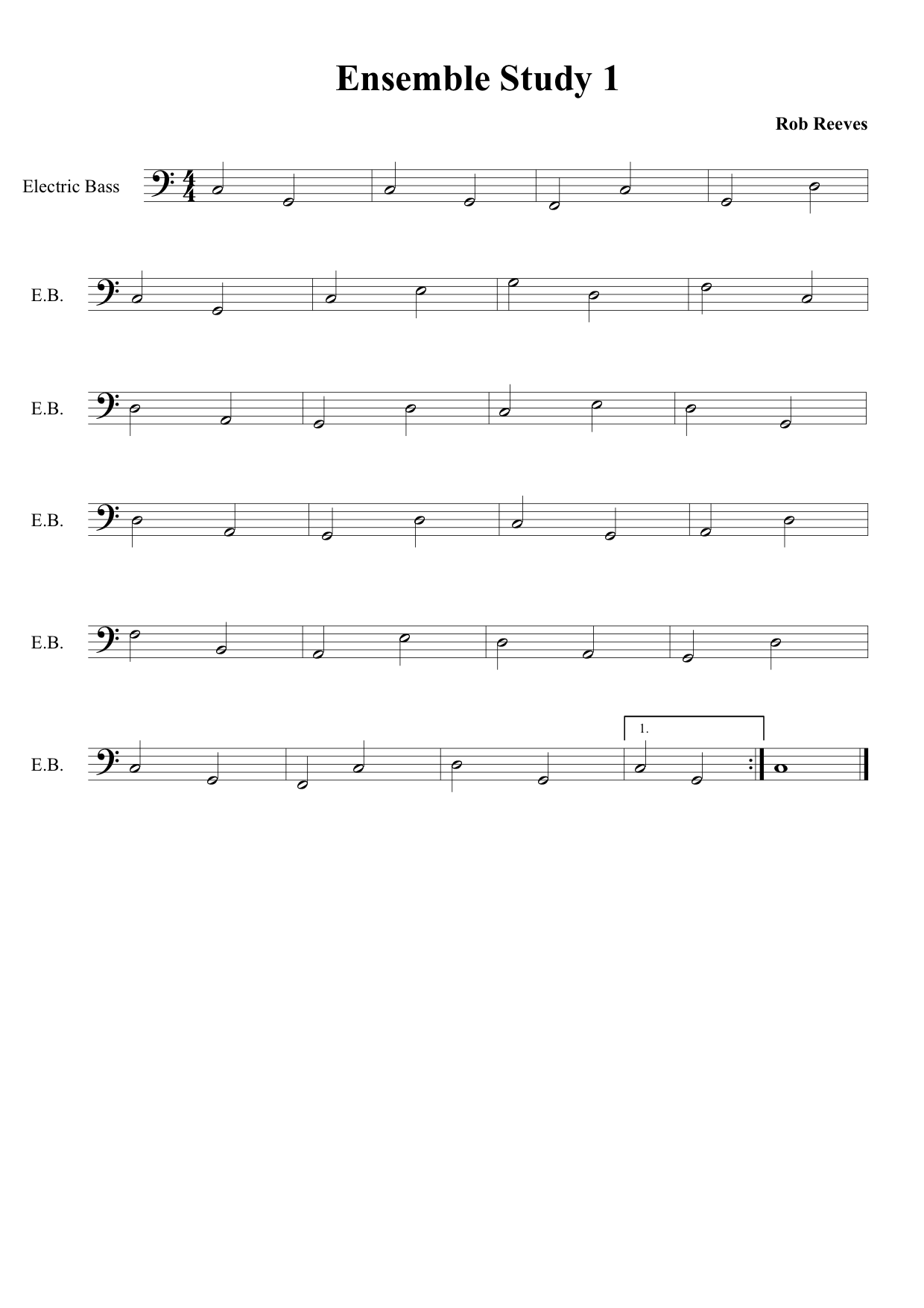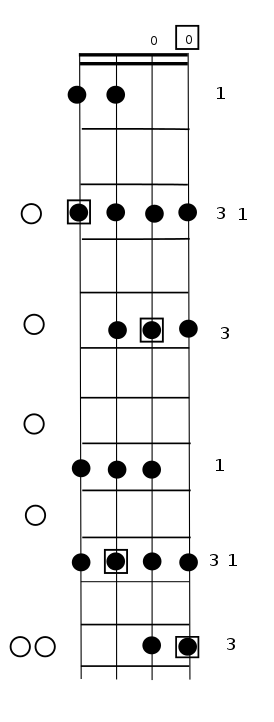Playing with other guitarists and musicians is a wonderful learning opportunity for students of any musical instrument. It provides the opportunity to meet and form friendships with other musicians, and to develop one’s musical skills in playing with others. It is also a lot of fun, and can provide a great deal of satisfaction!
For these reasons, I have decided to offer an Ensemble experience for those students who wish to take advantage of it! Due to limited space in the Samford studio, rehearsals will be held at The Gap. I plan to have a Junior Ensemble for students of primary school age, a senior ensemble for students of high school age and an Adult Learner’s ensemble.
The ensemble program is also open to previous students, and people learning from other teachers who would like to play in an ensemble. Ability to read music at a basic level is required. The cost for current student’s of Rob’s Guitar School or family members will be $12 for the rehearsal, and $15 for others, payable at each rehearsal. Student’s would be expected to attend the bulk of the rehearsals during the term.
Rehearsal Times
Junior Ensemble: Saturdays, 11:30am – 12:30pm – from Saturday 19th July
Senior Ensemble: Saturdays 1:00pm – 2:00pm – from Saturday 19th July
Adult Ensemble: Thursdays 7:30PM – 8:30pm – from Thursday 17th July
Register your interest by emailing rob now!
